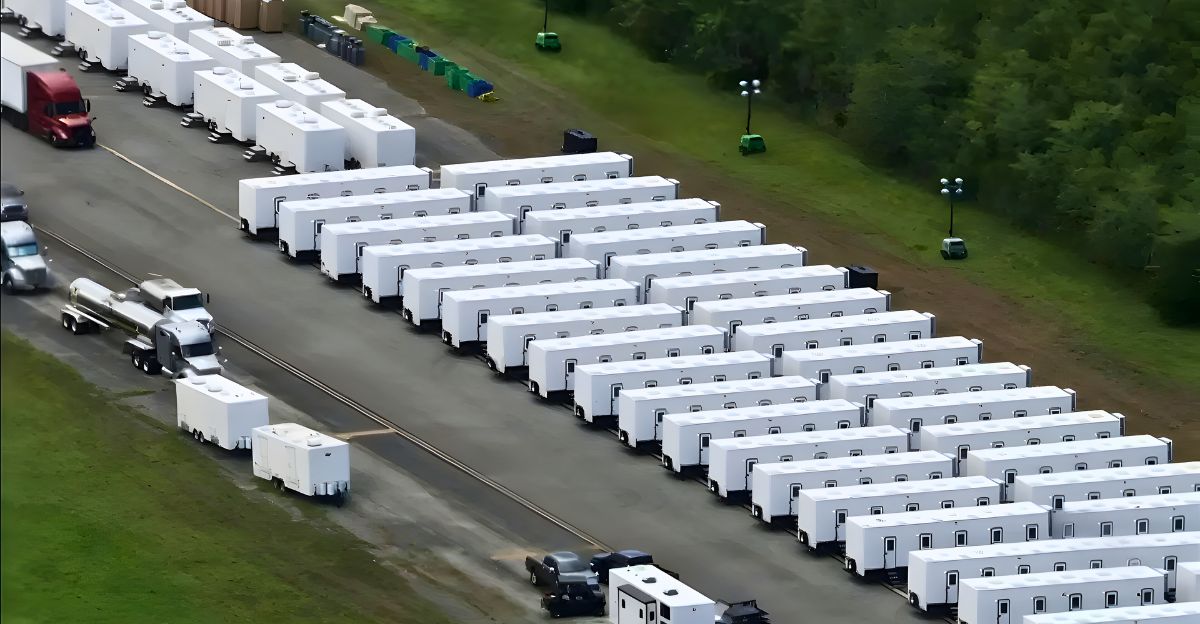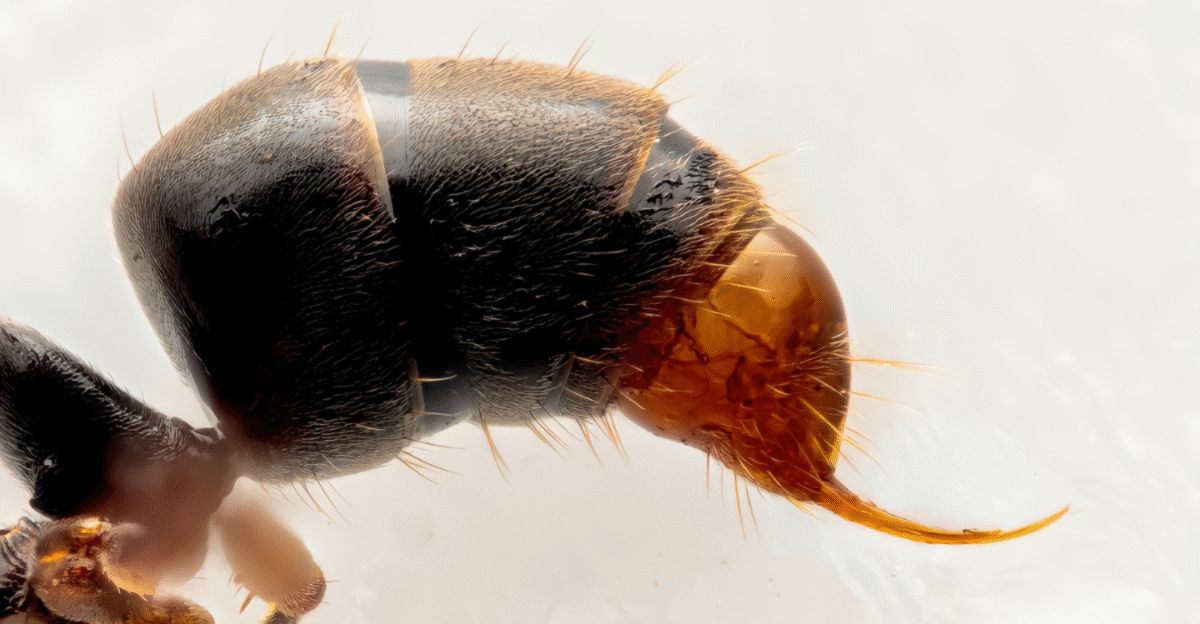
Over the last few months, NATO has had to scramble fighter jets as Russian aircraft fly into international air space. This has occurred multiple times and was close enough, in the most recent incident, for Sweden to launch its air defense forces.
Earlier in June, Russian Sukhoi Su-30 jets were detected near the southern Baltic Sea just after NATO concluded major military exercises in the same region.
Sweden’s Response
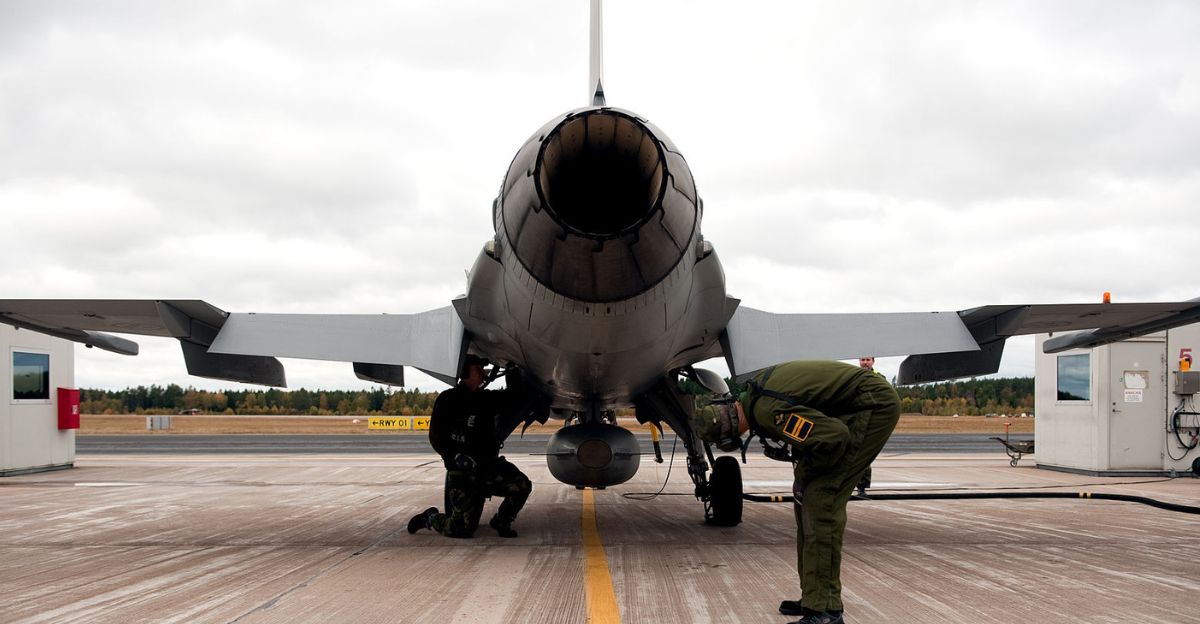
The Russian aircraft prompted a response from Sweden’s Armed Forces, which quickly sent out two Saab JAS 39 Gripen jets to make visual confirmation and monitor their behavior. This didn’t happen by chance, and the response was an immediate and direct result of the Russian aircraft being discovered.
The Swedish jets did not escalate the situation; they only observed the jets and took photographs while they were in international airspace.
Intercepting Bombers
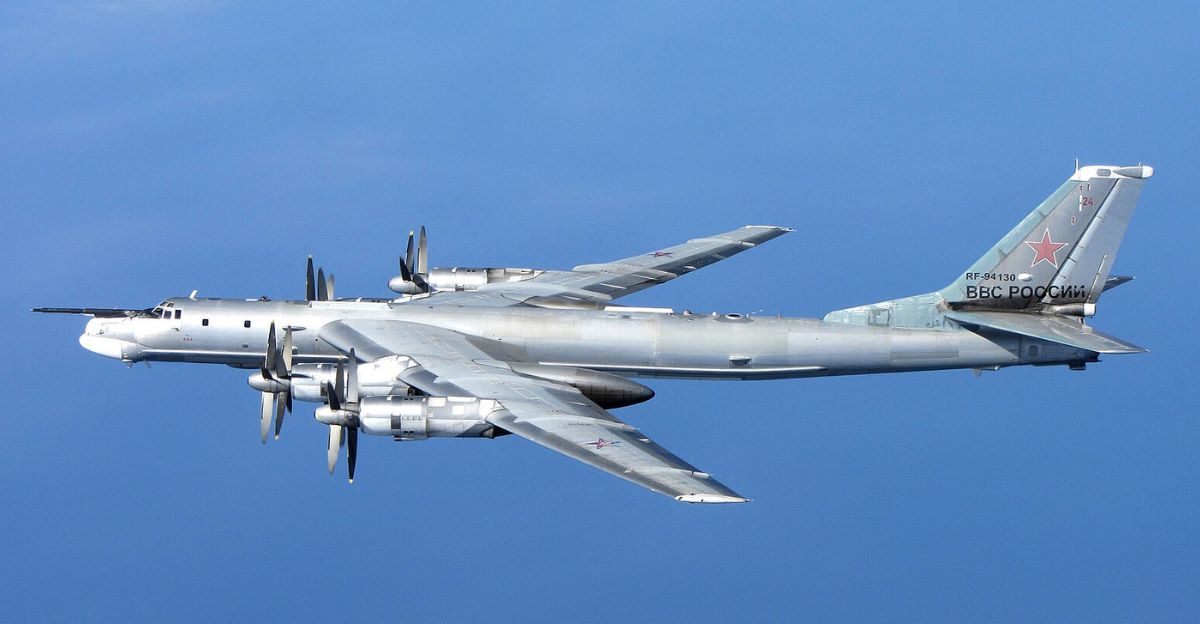
This is only the most recent incident. However, earlier in the year, Norwegian F-35 fighter jets were sent to intercept two Tu-95 “Bear H” bombers, which were getting uncomfortably close to NATO airspace.
In the most recent incident, the Norwegian F-35s maintained a safe distance after making visual confirmation to track the bombers’ movements.
The F-35
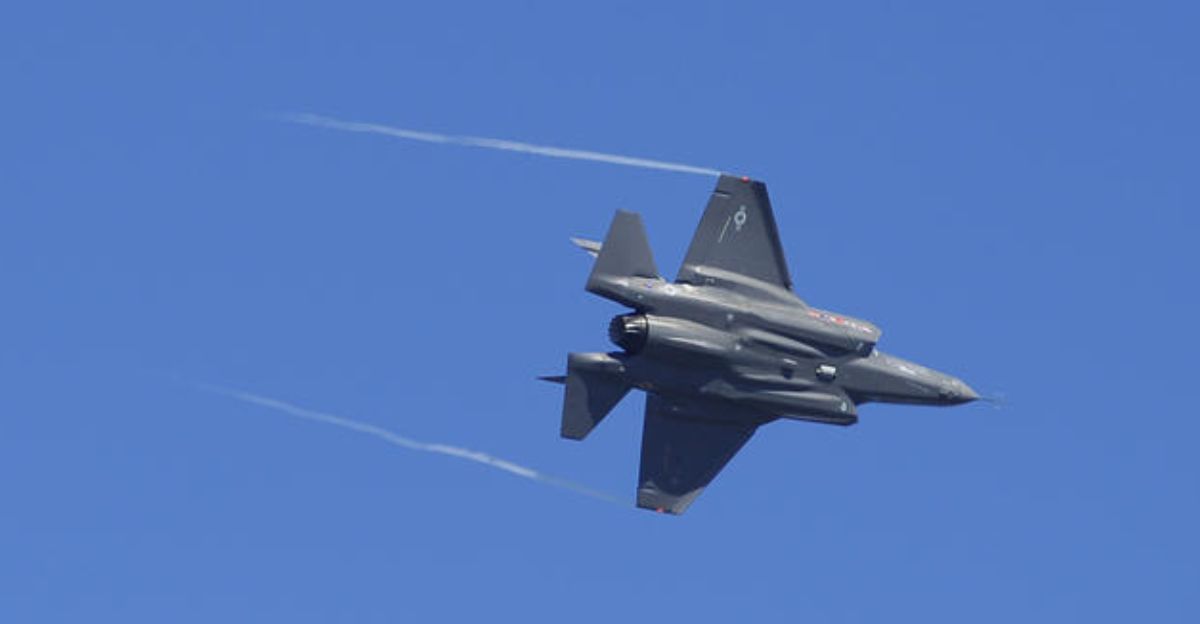
NATO has an edge with its advanced F-35 Lightning II fighter, which has advanced sensors and electronic warfare systems. Without engaging in conflict, F-35s make excellent reconnaissance aircraft capable of gathering information and observing potential threats as they move across airspace.
The jets can also be deployed at a moment’s notice, and no matter the weather conditions, they are ideal guardians of NATO airspace.
Russian Activity
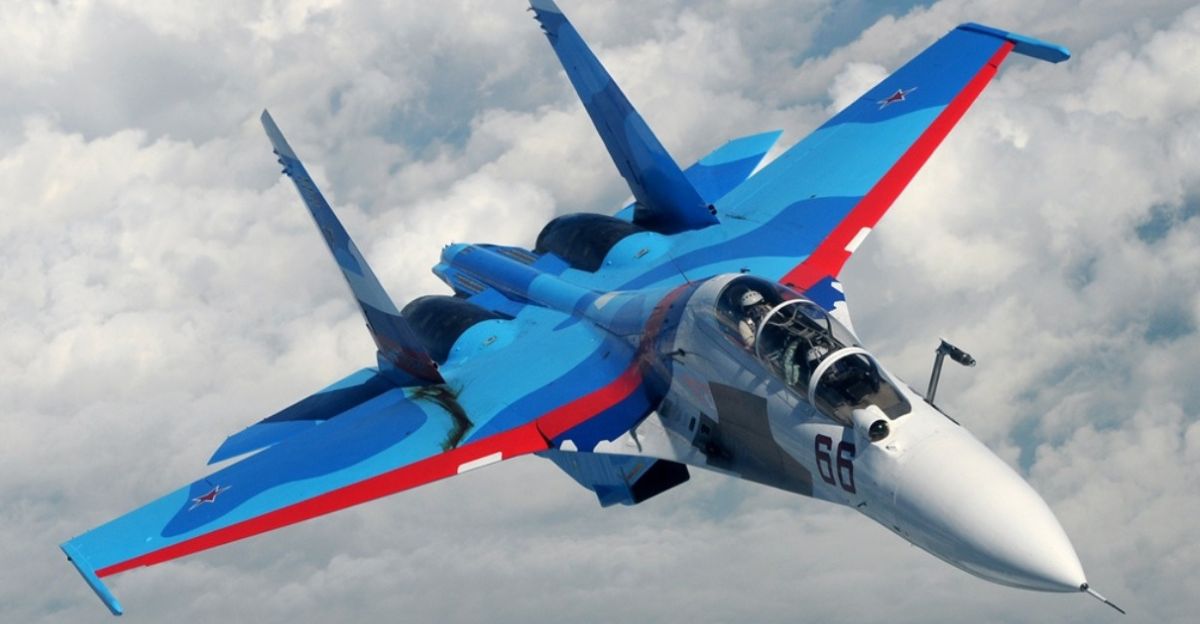
Explanations for why there has been an increase in Russian air activity in recent months have been put forward, with the leading theory being that they are skirting the line of breaching NATO airspace in order to test its response times.
NATO is always monitoring international airspace, and even when violations do not happen, proactive measures are taken so that there are no misunderstandings or unperceived threats.
Sweden’s New Role
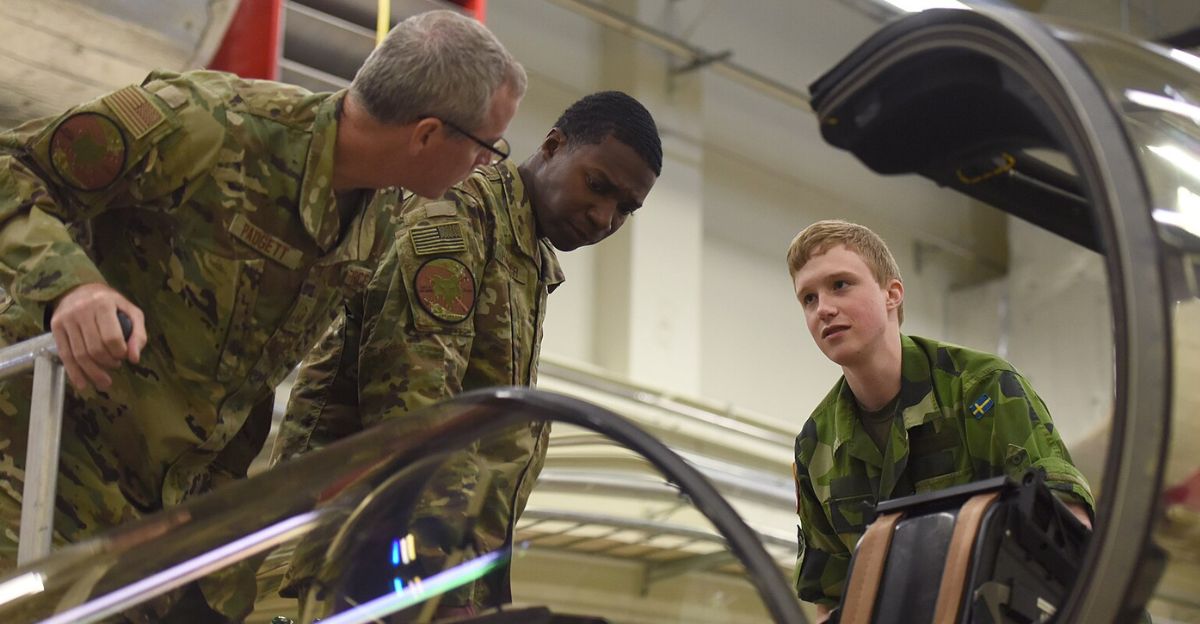
The Baltic Sea and its security have undergone a drastic change after Sweden’s integration into NATO. NATO-allied countries dot its shores, dubbing it “NATO Lake.”
Sweden has been monitoring the region and has noticed the large spike in Russian activity, prompting the scrambling and interception of the fighter jets by Saab JAS 39 Gripen jets earlier this month. Norway’s part is also significant, monitoring the bombers earlier in the year.
A Mission For Peace And Freedom
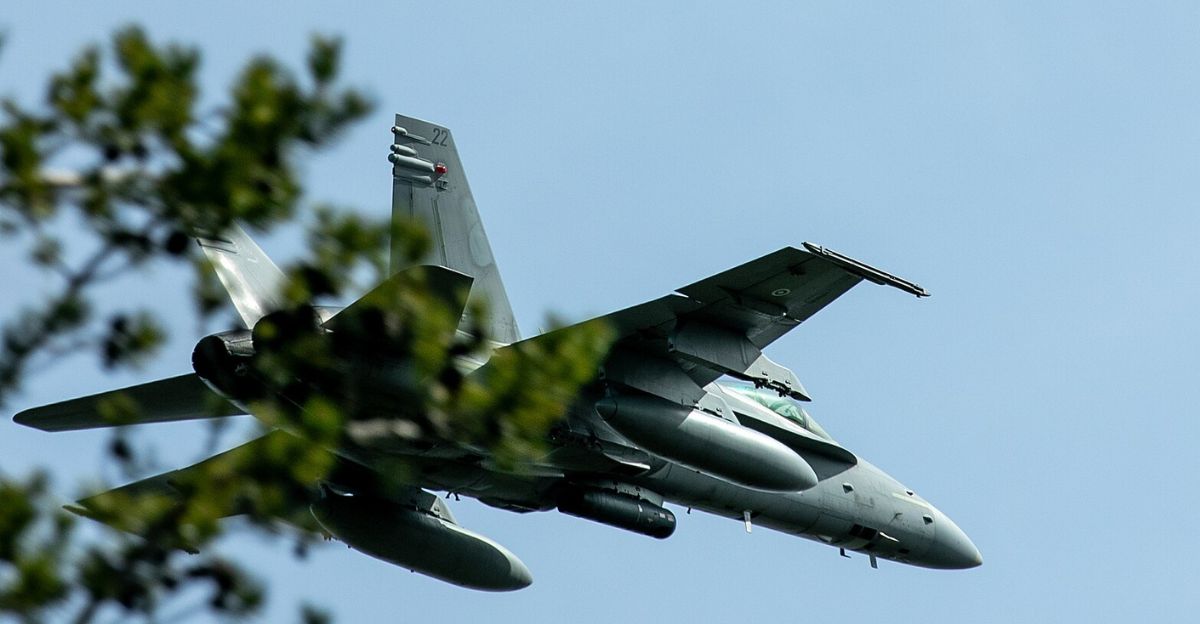
The “air policing” that NATO is conducting is part of a mission for peace and freedom among allied countries. This ensures that all nations’ airspace is secured.
All members able to have real-time responses are ready to deploy defensive responses whenever Russian aircraft, bombers, or other targets are picked up by NATO. Thankfully, no violations have been monitored yet, but the potential is always there, so allied countries must be ready.
Tensions Among Adversaries
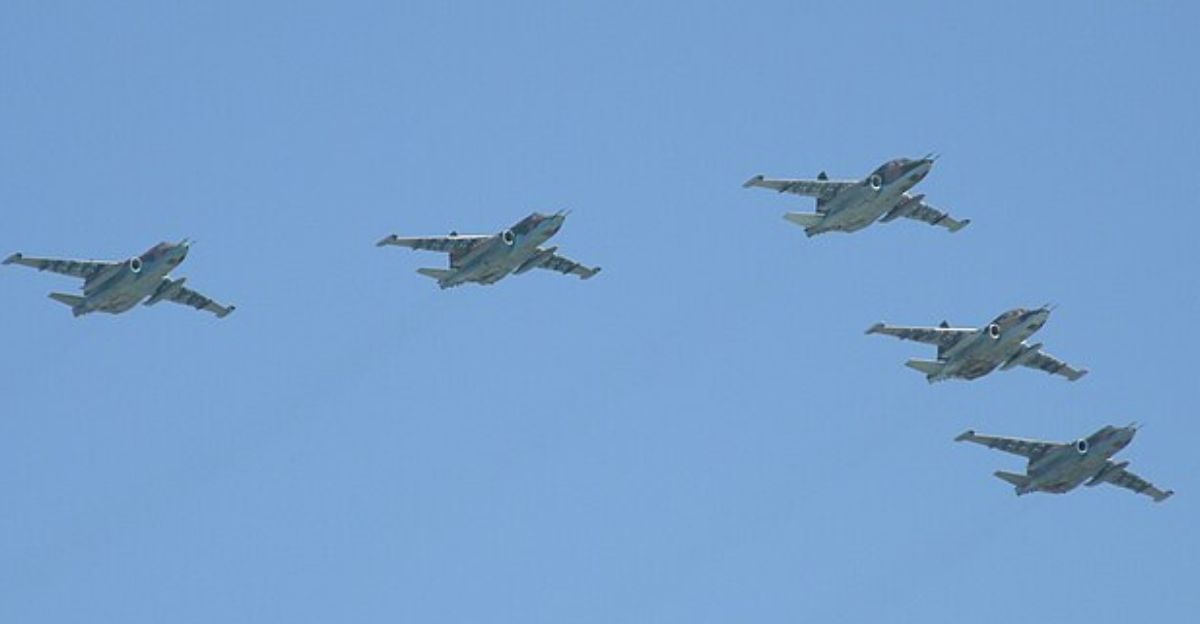
The High North is a large area north of the Arctic Circle that is becoming more relevant as Norway and other countries pick up Russian aircraft heading for NATO airspace and deploy interceptors like the F-35.
As tension rises among NATO countries and their adversaries, the key to maintaining airspace security is to constantly stay on alert and be prepared to launch defensive measures.
Routine Reactions
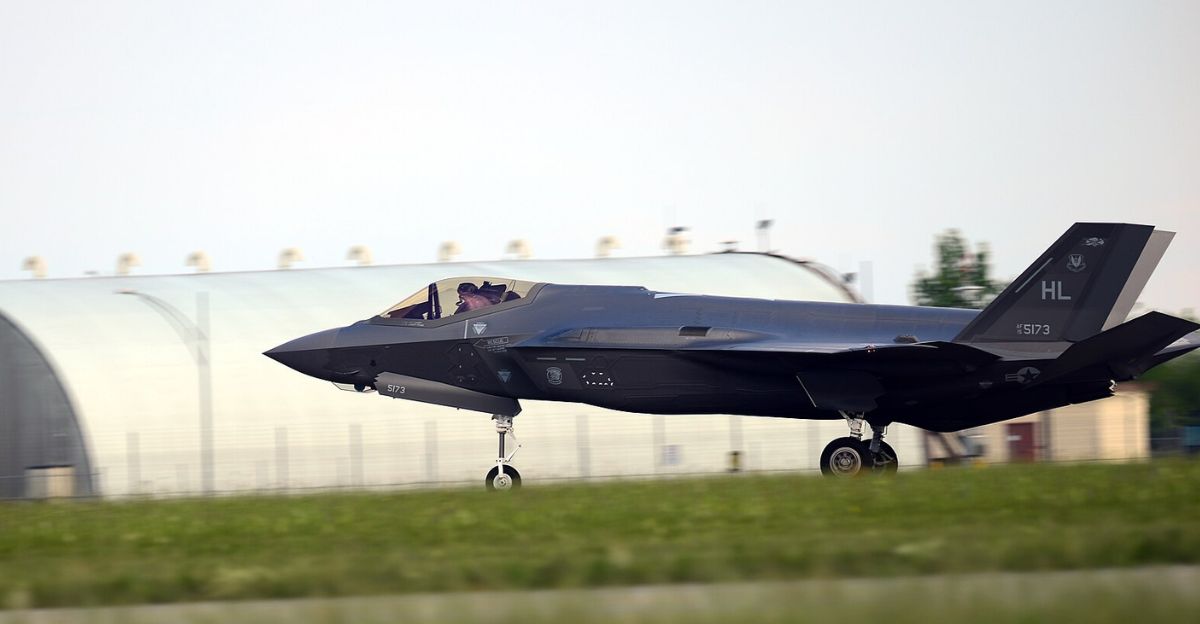
The Norwegian F-35s that intercepted the Russian bombers and the Swedish Saabs are routine countermeasures. However, protocols remain in place by both NATO and Russia to ensure no escalations happen.
Pilots need to be professional and know how not to cause misunderstandings, which could have grim consequences. So far, interceptions have gone according to plan, only monitoring and gathering intelligence.
The Future Of The Region
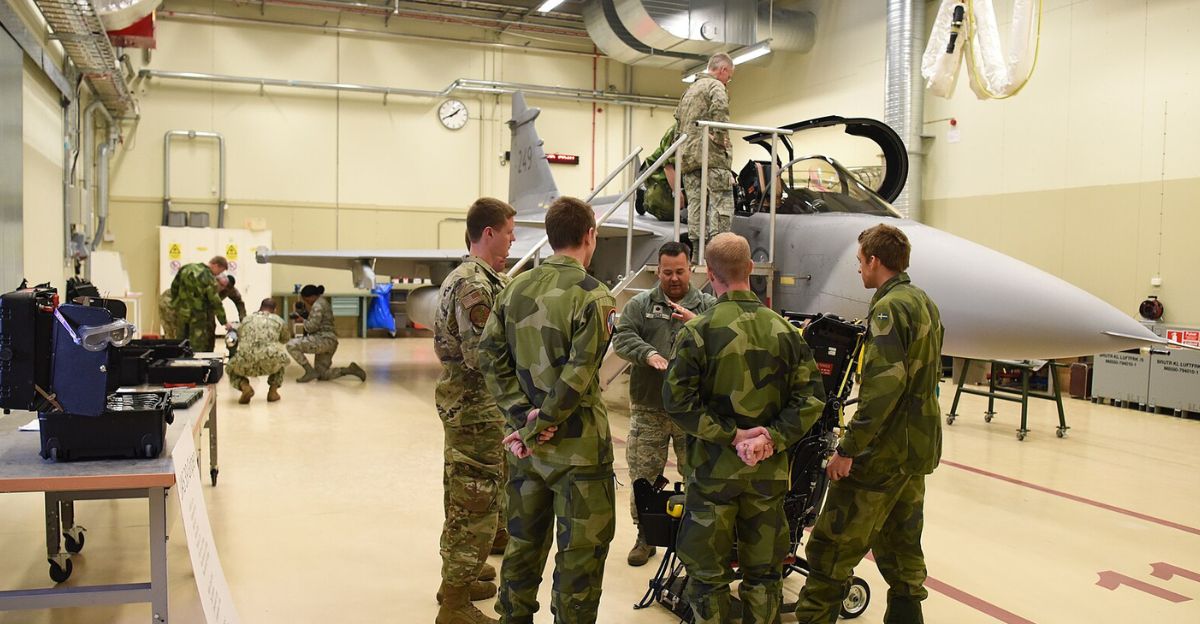
With incidents rising, these two examples of Russian aircraft coming close to NATO airspace won’t be the last, and as tensions and military activity rise, interceptions may become more frequent.
Norway, Sweden, and other NATO countries utilize cutting-edge technology and professional training and remain committed to keeping the peace and safeguarding European skies.
Uncover more fascinating moments from history — and hit Follow to keep the stories flowing to your feed!

Don’t miss more incredible stories from the past! Tap Follow at the top of this article to stay updated with the latest historical discoveries. Share your thoughts in the comments — we’d love to hear your perspective!




